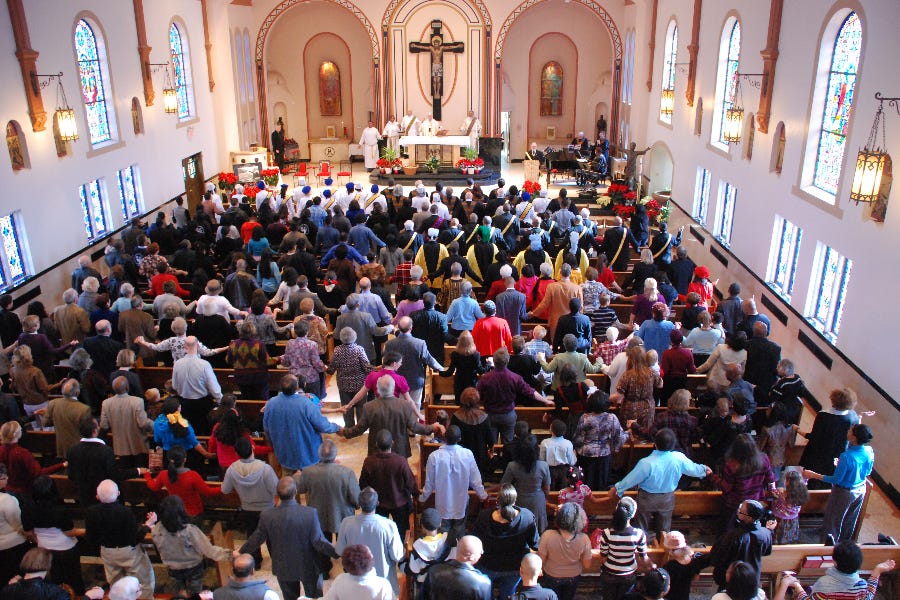Handy advice on the Our Father at Mass
To orans or not orans? The Filipino bishops weigh in.
When you recite the Our Father at Mass, what do you do with your hands?
If you’re a priest, you say the Lord’s Prayer with your hands extended, as the Church prescribes.
But what if you’re a lay person? Do your hands remain at your sides? Do you raise them? Or maybe join hands with the people to your left and right?

